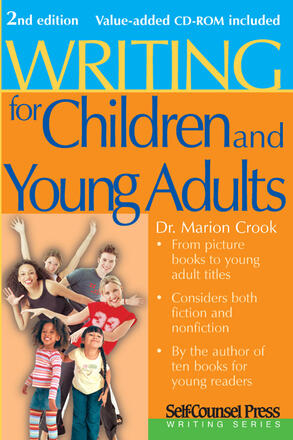
Writing For Children & Young Adults
La description
Whether picture book or novel, fiction or nonfiction, writing for a young audience is about establishing a connection with the young people who read your work. To create that connection with your young readers, you need an understanding of the fundamental elements of a children’s story and the craft of writing.
This book will show you how to create stories that will inspire and educate young readers, and meet the needs of your publishers. From learning to find their own voice to finding markets within the many genres of youth writing, this book is invaluable.
Loaded with illustrative samples and helpful worksheets, this book will show you how to transform ideas into stories that will delight, intrigue, and satisfy readers - and ultimately result in a manuscript that sells.